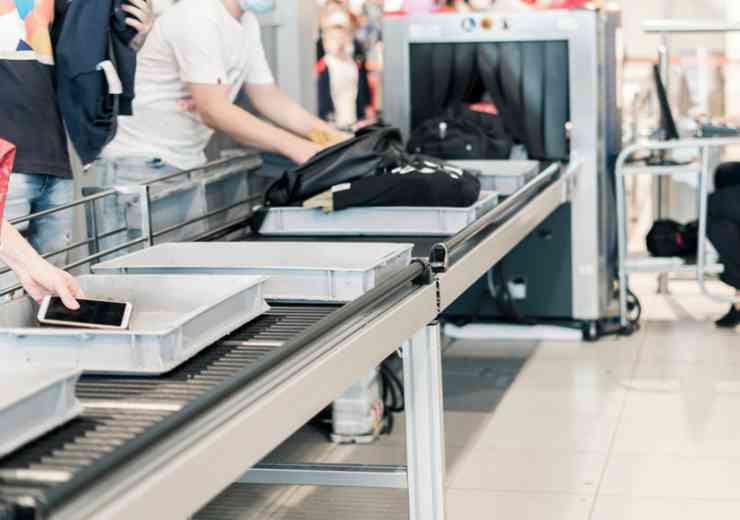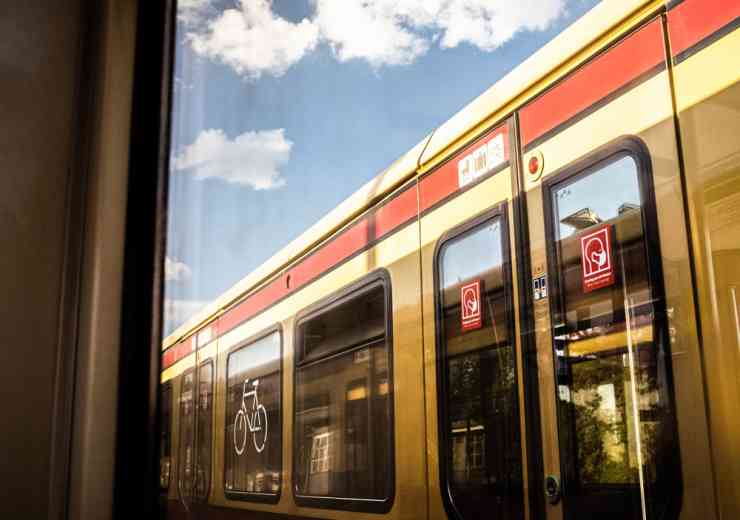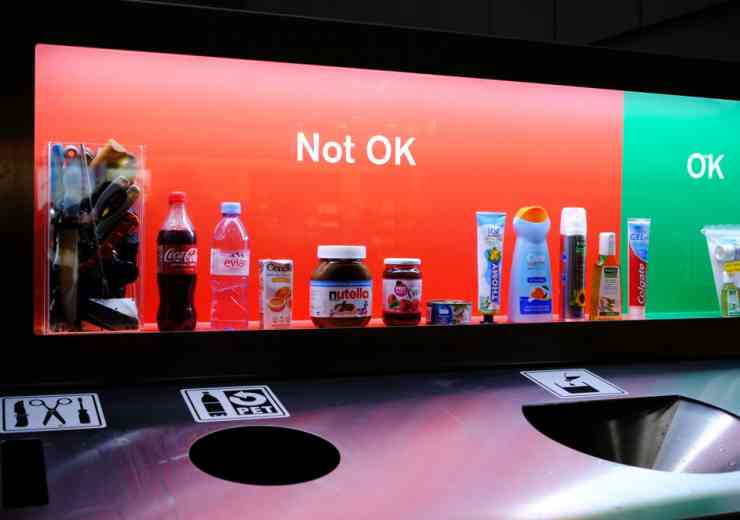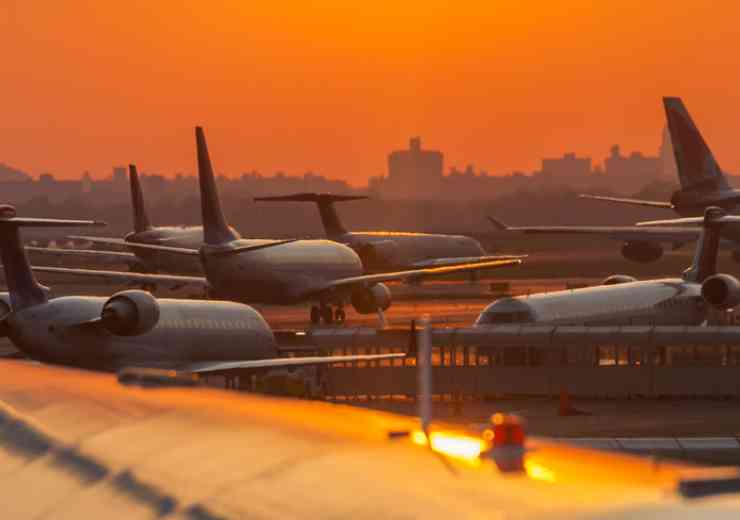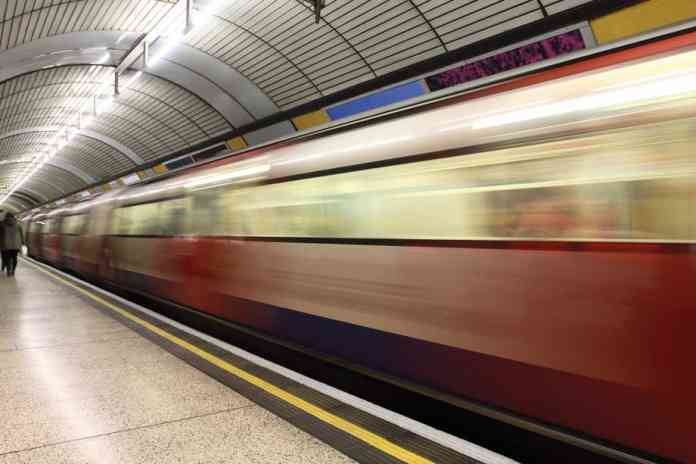
Securing railway systems from terrorist activity
Chris Stevens, former counter terrorism security advisor for the British Transport Police, considers how elements of a railway system can be secured against potential acts of terrorism.
Whether the terrorism activity is seeking to maximise casualty numbers, cause financial loss or raise the overall fear, the railway system as a whole, today as in the past, remains an attractive target. Railways in every continent have been subjected to acts of terrorism. Some have resulted in multiple loss of life whereas others have subjected the railway to disruption by damaging tracks or equipment.
We are told the threat from terrorism across the world is real and could occur, without notice, in a number of ways, including explosive devices, firearm attack and chemical weapons. Although it is generally accepted that chemical weapon attack is the least likely due to the difficulty of obtaining the substance, it is acknowledged that delivery in a successful manner remains thankfully complex. What is not and cannot be denied is the openness of railway systems with routes, stations, and to lesser degrees, depots making effective wholesale physical security taxing to deliver.
For many years the railway system in the UK was subject to regular disruption through telephone terrorism. A hoax call was received stating a device was at a location, resulting in evacuation and the railway being subject to delays to both commuters and freight traffic. This has a knock on effect to timetables and costs which had detrimental impacts to many people and businesses, on and off the railways. Through detailed analysis of the incidents a system was developed which when adopted enables matters to be quickly resolved. Without a telephone call, many incidents involving disruption were as a result of lost property, either being treated or reported as suspicious. Through training of staff engaged on trains and at stations the number of incidents classified as suspicious dropped dramatically and the benefits have been impressive.
Security complications
It is our submission that to consider security on a railway there needs to be an in-depth understanding and appreciation of how the system operates on a day to day basis. There are four primary types of railway: long distance, often referred to as ‘heavy rail’; commuter or urban rail; metro or underground systems; and light rail. Each brings with it different challenges and require distinct, often subtle adjustments to the approach to ensure a site specific security option is delivered.
Railway systems are both challenging and complicated to secure. They consist of stations, control rooms, many miles of tracks and lineside equipment, vast amounts of which are located in remote and difficult to monitor locations. Stations can clearly be defined as crowded places. Cross country and urban commuter stations have concourses where waiting passengers gather before boarding trains, where as many mass transit or underground services tend to have a more flowing transient passenger, resulting in the platforms being the place where gathering occurs.
The transportation of people and goods are critical for almost any country and railways enable such movements to occur on a regular and time constrained manner. Railways themselves are viewed by many as a Critical Infrastructure Asset (CIA). The defining of whether a railway system is a CIA remains varied across the World. The relevance of CIA within the industry revolves primarily around regulation and potential funding support. If it is decreed to be of such relevance to a country and therefore relevant to the economic and interest benefit of the government, the interest to ensure protection of it generates to a different level.
It is suggested here that only aspects of a railway system could be defined as CIA and once identified these would be the subject of intense security attention. Consideration would be to the following, although this list is not necessarily exclusive, it gives notice to elements which deserve additional attention: essential equipment facilities – such as power supply and signalling; key track aspects – such as important points locations, tunnels and portals; route operation rooms; and station control rooms.
Investing smartly
Railway equipment can be very site specific, therefore the ability to hold spare parts is not practical or realistic, which highlights the need to more intensely consider the necessity and then how security can be delivered. Where spares are readily available, within a reasonable time or in the opportunity exist to have a fallback facility or supply then the level of security measures can reflect this situation.
It is our belief that stations and rolling stock can be delivered to reduce the likelihood of a terrorist or at least minimise casualty numbers through well considered design and careful selection of materials, paying particularly attention to the methods of fixing. In reality there are only a number of people who recognise the need to invest in counter terrorism security and therefore, when preparing a business case it is beneficial to consider and include other safety and security benefits.
Where counter terrorism security measures sought can be shown to provide more generalist improvements in security from crime and anti-social behaviour then there is a greater likelihood that these will be delivered to the benefit of staff and passengers alike. Passenger train design should consider the consequences of a detonation within them and be developed to minimise the impact.
Glazing, heavy overhead equipment and other items inadequately secured not only add to the casualty numbers but with sufficient forethought these could be significantly reduced. There, as in all aspects of railway security, has to be consideration for the operational and safety requirements.
This is particularly important for fire safety and the potential weight increase resulting in additional wheel and track wear. With the development of new and lighter materials there needs to be a willingness to make investments today, for the long term security of railway users. In real terms the costs can be significantly less than initially perceived as additional fixings, tethering and retention are the key messages to achieve the objective. Relocating heavy equipment from the roof space to the floor, side or end of rolling stock is a realistic option during the design phase.
Equally the design of seating, luggage racks and handrails can be designed so as not to significantly increase casualty numbers. Stations need to reflect how people choose to travel, which is in the main a completely different type of travel style to that of those using airports.
People know that there is a need to arrive at an airport well in advance of their departure time, on average two hours. Whereas there is an expectation that you can arrive at a train station and board as long as the doors are still open. This worldwide approach to train travel would make any move towards pre searching of passengers requiring a completely different approach.
This would be particularly relevant to commuter and suburban rail users who rely on a ‘turn up and travel’ approach either on their way to or from work. Even if pre-travel search were to become regulated at mainline stations the resources and organisational complication to carry this out at every station along a route would be both difficult to deliver and enforce. Others have spoken of the potential to introduce searching of passengers but, for the reasons given, it is thought that should such a measure be introduced it would only be as a result of a very specific threat and would only be maintained for a short period of time for the reasons of disruption already identified.
Design concepts
When considering the effects of an explosive detonation, outside of the immediate impact from the detonation itself, the vast majority of injuries and fatalities occur from materials fragmenting or falling. This circumstance is considered an unacceptable position and one which would be extremely difficult to defend following an incident.
Therefore it is recommended that every effort should be made to minimise such occurrences. When it comes to station design it is imperative to work with architects and designers, engaging at the earliest opportunity enables security to be fully incorporated into the architectural vision and intent, whilst allowing for the station to operate without impediment form security measures. Working in conjunction with specialist engineers, who are able to ‘prove’ the design concept with recommended security measures the best opportunity exists to provide as safe and secure environment as reasonably practicable.
The security of both passenger and freight rolling stock when ‘laid up’ should be included in this article as it remains a time when the degree of attention paid can be lessened thereby increasing the vulnerability. The location chosen to have rolling stock placed when temporarily out of service or for maintenance is often out of the hands of security advisors. The obvious need to deliver proportionate and realistic security is apparent but always comes at a cost that not only requires an initial investment but also ongoing maintenance of equipment and the ability to respond to an incident in a consequential manner.
Freight rolling stock can have high value or high consequence loads, when considering Dangerous Goods, the theft or access of which could result in life threatening or financial incidents. Because of, the perimeter size, effect of stacking and train movements within a depot security is never going to be easy to deliver. The ability to provide a monitored security through electronic means, ideally within a sterile zone created between two high security fences would be the baseline. However where space is at a premium when such locations were initially on great expanses of railway land now find themselves in urban environments it makes security not only more challenging but also more critical to have in place.
Chris Stevens BSc PgCert LCGI CCGI is the Technical Security Director of an independent security consultancy SIDOS UK Ltd specialising in transport security. Prior to this Chris was the Principal Counter Terrorism Security Advisor for British Transport Police having a national responsibility for advising the UK rail industry.
Further information
www.btp.police.uk
www.sidos.co.uk




